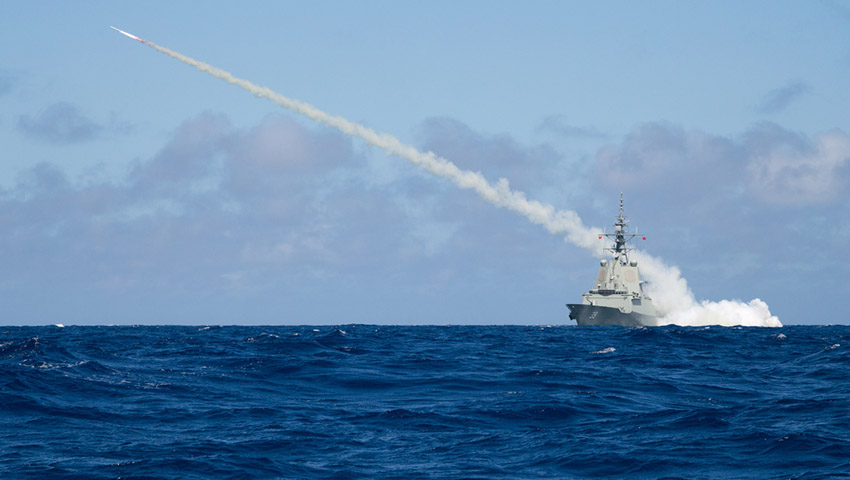That could become a reality perhaps as soon as the NATO summit in London in December. Although not a formal NATO member, Australia is termed a NATO partner and has steadily increased ties, including through operations in Afghanistan. So Australia definitely has interest in military uses of space.
The US is now standing up its new space force, which will stand on equal footing with the Army, Navy, Air Force and Marine Corps. The US is actually quite late to this, as both Russia and China have established space forces, China the most recent in 2015.
NATO Secretary General Jens Stoltenberg said space was part of our daily lives.
“While it can be used for peaceful purposes, it can also be used for aggression," he said.
"Satellites can be jammed, hacked or weaponised. Anti-satellite weapons could cripple communications, so it is important that we are vigilant and resilient."
A key question for NATO will be whether and in what circumstances Article 5 could apply to an event in space. Article 5 is the NATO common defence pact, which stipulates that an attack on one member nation is an attack on all.
Stoltenberg said it was too early to speculate on how Article 5 could apply in space. However the issue will be crucial in the upcoming debate.
This is not new territory and NATO tried unsuccessfully to devise a space policy in 2011-12.
The difference now is the space boom as space becomes more congested, contested and competitive, and a likely theatre of any significant future conflict.
The Joint Air Power Competence Centre (JAPCC), an advisory body sponsored by 16 NATO member nations, played a central role in earlier efforts to draft a space policy.
“Command and control of military forces, precise air power, missile guidance, troop movements, environmental reconnaissance, and missile warning all have come to depend, to a large degree, on information relayed by satellites,” it said in a discussion article setting out the issues.
JAPCC said the value of policy was to enable oversight and coherence.
It raised a number of questions for consideration about why NATO needs a space policy.
“Would applying the concept of collective defence to space capabilities complicate an adversary’s decision to interfere with their use and thereby aid NATO’s deterrence posture,” it asked.
“Would co-ordination among NATO space capability providers increase effectiveness on behalf of NATO?
“Are today’s NATO forces adequately prepared to conduct operations without the assistance of space-based enabling technologies such as satellite
communications, global satellite navigation, ballistic missile early warning, satellite intelligence and meteorological support.”
Jamie Shea, NATO former deputy assistant secretary general for emerging security challenges, said space had become more important for military use and for every day life.
“As NATO depends for its military operations on space, for communications for early warning to guide its weapons systems and so on, NATO has to take account of what happens on the land, sea, air and cyber space, all of the previous domains is increasingly going to be influenced by who dominates in space,” he told the ABC.
“What NATO is doing with this decision today is recognising this new reality and therefore authorising its military planners to start looking at what NATO has, what NATO lacks, how NATO can be better geared to protect these vital assets in space in the future.”

